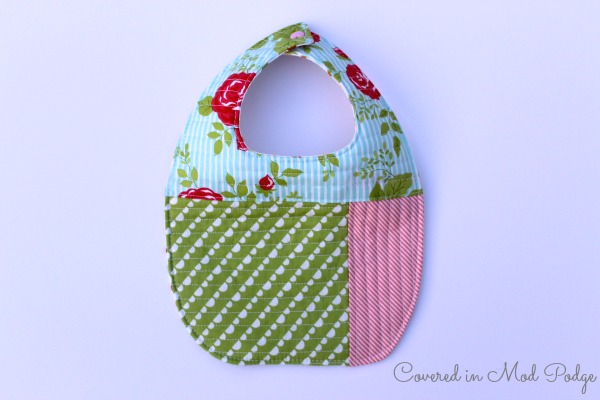This tutorial was originally shared at The Ribbon Retreat. I recieved the materials in exchange for this tutorial. All ideas and opinions are my own.
I feel like I am never quite done decorating for
Christmas. We don’t tend to gussy up every inch of our home. But there’s always
some small touch I want to add. These Christmas Tree Pillows are great because
I can easily move them around to add a Christmasy touch to whatever room needs
it. I’ve had them on my faux mantel. Right now, they’re giving my TV stand a
much needed dose of Christmas Spirit. They may have also been involved in a toddler pillow fight!
What I really love about these pillows is how your
fabric choice can let you match any Christmas décor. You can easily adjust for
traditional, modern, vintage, whatever! Also, they don’t require a lot of
fabric, and they are a quick sew.
Want to make your own set of three adorable
Christmas Tree Pillows? You’ll need:
Little Fattie Pack {Aspen Forest by Basic Grey for Moda}
1 yard of coordinating fabric for backing {Shades by Riley Blake in Snow}
Thread
Poly-Fill {From local craft store}
Rotary cutter/ self-healing mat
Disappearing ink pen
To start, press all your little fatties. Then, cut
up each little fattie into three inch strips {there will be leftovers}. You’ll
want to cut selvedge to selvedge.
Now, determine which fabrics you want to have on
each of your trees. I used three fabrics for each tree.
For your smallest {10 inch} tree, you’ll need 5 strips. The medium {12 inch} tree needs 6 strips. Finally, your largest tree {14 inch} needs 7 strips.
Once you arrange your fabrics in an order you like,
you’ll sew your strips together. Make sure you are mindful of fabric pattern
directions. Sew selvedge to selvedge, using a presser foot seam allowance. Keep
adding strips until you have enough for your tree.
You’ll cut all your trees the same way. I’ll give
you the description using the small tree’s measurements. I’ll give you the
measurements for the other two after the description.
For the small tree, you need to cut an 11 by 9 triangle. Make sure you measure on the wrong side of the fabric. Starting on
the bottom right {past the selvedge}, make a mark at 0, 4.5, and 9.
Draw a dashed line vertically at your 4.5 {center}
mark.
Now, measure up 11 inches on a diagonal from your 0
mark to meet your center mark. Draw a line. Do the same from you 11 mark to you
center mark.
Use your rotary cutter and quilting ruler to cut out
your triangles along your line.
For the medium tree, you’ll need to cut a 13 by 10.5 triangle.
For the large tree, you’ll need to cut a 15 by 12 triangle.
I decide to be lazy with the backing. I put the
triangle down on the backing and just cut a quick, general shape. You could
always cut the backing out the same way as the front.
Now lay the front on top of the back, right sides
together. Pin, marking a three inch gap. Sew your tree using a presser foot
seam allowance. Make sure you leave the turning gap.
Trim your tree down to the seam allowances. Clip all
three corners.
Turn your tree right side out, carefully poking out
the corners with a chopstick {or other such tool}.
Repeat this process for your medium and large trees.
Then, go to town stuffing them with Poly-Fill. Make sure you really get some
stuffing wedged into each corner. This will make sure your trees have a nice
shape.
Once stuffed, you’ll want to hand sew your gap closed.
This should be done using a blind stitch. I am terrible at hand sewing. But Amy over at Positively Splendid has a great tutorial to use!
Now you can make yourself a forest of Christmas Tree
Pillows. I want to try making a 6 inch tree and turning into a Christmas
ornament next!
I hope you all have a wonderful Christmas and a joyful New Year!
























































